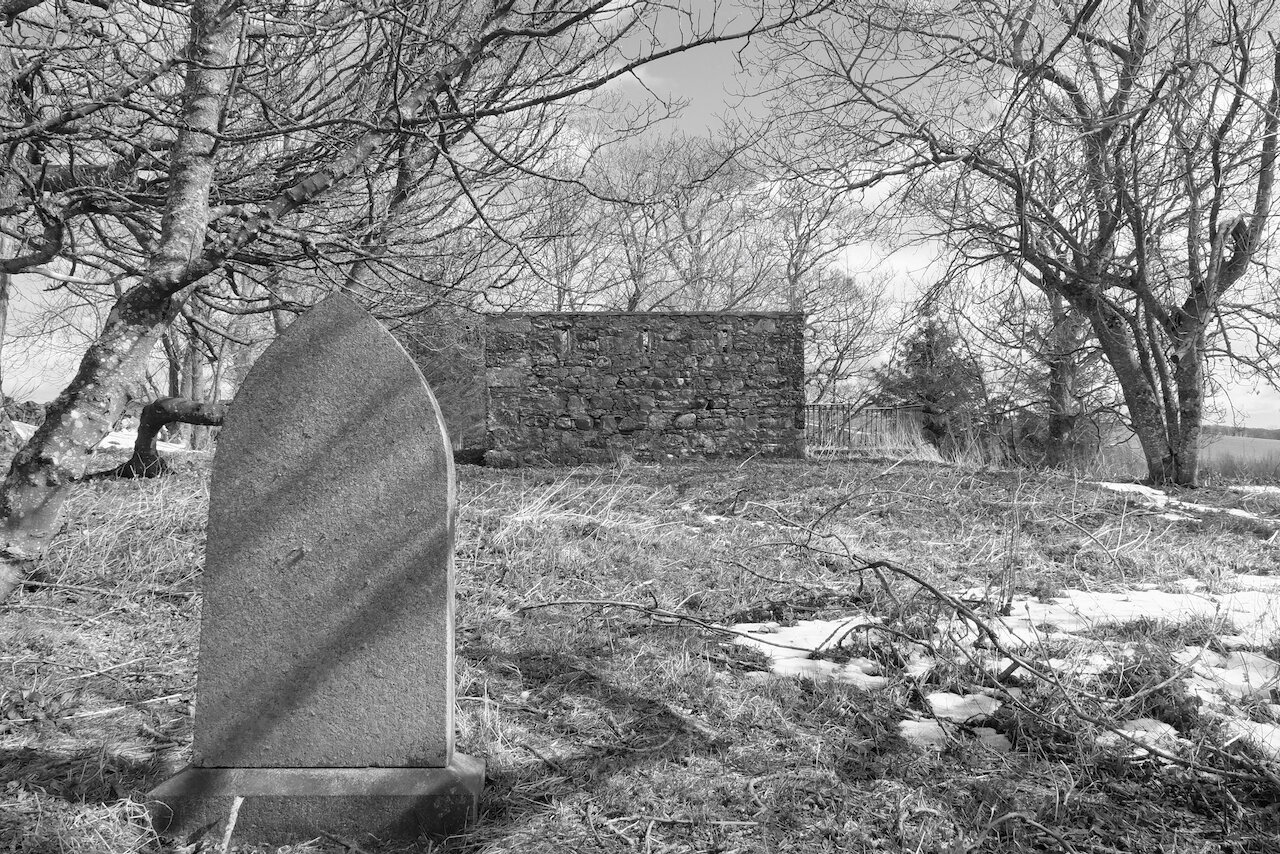The day we met Dream Angus
/By Mary Cane:
Dreams to sell, fine dreams to sell,
Angus is here with dreams to sell.
Hush now wee bairnie and sleep without fear,
For Angus will bring you a dream, my dear.
– Scots Lullaby
Scotland had Dream Angus before Roald Dahl’s Big Friendly Giant. Angus is the Celtic god of dreams who goes about the country with four birds flying around his head, delivering unsettling dreams of love. Most of us receive dreams that fly higher than our ability to wrestle them into reality. Leaving a rather large office and workroom-tidying job, we drove to Bennachie the other day for a spot of daytime dreaming. We hadn’t been there for a while. Normally as you know there is a breeze, at worst a cold driving drizzle but on that day we were lucky.
There is a devotional aspect to a summit climb. On Mither Tap cloistered trees open up to a long pious walk. Then over the brow comes the reward of the high altar summit view. Then there is the submissive plod up the slope our heads bent in supplication. While I walked, I was thinking of a friend. From Australia, she came to stay with us along that well-trodden path of forbear searching. A keen reader at home, she like lots of other people, she had discovered the books by Nan Shepherd. She was captivated by those tales of grit and glitter up on the high plateau and dreamed of seeing the place where Nan Shepherd had walked and to feel in a poetic and lyrical way where she ‘entered into the hills’. When she arrived, our friend enjoyed seeing the new slippery five-pound note with Nan’s head on it, but that’s as close to Nan as she got. Knees that so enjoyed reading about the Cairngorms in Melbourne, were completely unable to climb any of the paths to the actual Cairngorms. She could not make her dream of Nan into a reality. Reaching the sanctuary of the barbican entrance to Mither Tap’s inner fortress, I looked back to the west. There was our home parish in the far distance, and if I squinted there were my overcrowded shelves and my worktable. The height gave a better perspective, so they didn’t look so cluttered from up there.
Lately I have been outwitted by my own things. Travelling can muddle one’s memory and it can take a while to recalibrate. It’s hard to remember the location of the stapler/grater/leaf-blower or even recall what they look like after our long time away in America. This was witnessed by one of our children and I didn’t like the look I saw in his eyes, a mix of LOL and OMG as his mind jumped to a possible future unravelling all our stuff.
Maureen from the Balmedie library has found me a philosophy book where the ‘thingness’ of things is explained. Things or ‘tings’ from the Scandinavian are what we can experience with our physical selves… a doorway we can go through, a spoon to be touched by hand and lip, or a Balmedie sand dune the grandchildren can slide down. Objects on the other hand, the book ever so quietly confided to me, are things that have ceased to be used. In my home surroundings, objects have accrued and accreted, on floors, on shelves and even in doorways. I leant closer to the book all the better to hear and understand. The ‘thing’ that once beckoned, the philosopher continued as an ‘object’ now blocks… Ah-ha.
Sitting up there on the volcanic granite plug with tea and cake in the fresh air there was nothing that blocked.
From that high vantage point none of the A.W.P.R. could be seen but there are stretches that are now linked into a curving pale gash across the county. On the way back down the Devil’s Causeway, I realised that we can be nourished by other people’s journeys so by Hosie’s Well I picked up a small stone to take with me to Melbourne next year. At that moment four black grouse whirred out of the heather, and that’s when we knew Dream Angus was near.
***
About Mary:
Sticks and stones have always held a poetic resonance for me. The first occasion I felt that cock's comb of interest we all have in our heads rise up, was when I was opening a gate. I was at home in Cornwall and helping to bring the cows in one afternoon. The prop I used was covered in dried accretions of small farm muck. 'That's a tine from your great grandfather's 'ay turner’. said Dad, 'It's made of Canadian Redwood’.
'Goodness me' I thought to myself (or words to that effect) ‘things are not what they seem. They have history and character, a story even’.
In a lifetime of creative work since, I have preferred the material to the flesh and blood…but shh, that’s a secret I don’t share with everyone. I am drawn to pathetic fallacy, to keeping things, to mending, to protecting the materiality of my world... family things, tools, objects, furniture and their stories. Where was I? Ah yes the bio. Sixty years later, you find me living in Aberdeen, a PhD student at the Elphinstone Institute (Folklore and Ethnology) researching the part grandmothers play in the passing on of family story when their families live far away. That redwood tine back in Cornwall would be pleased.













